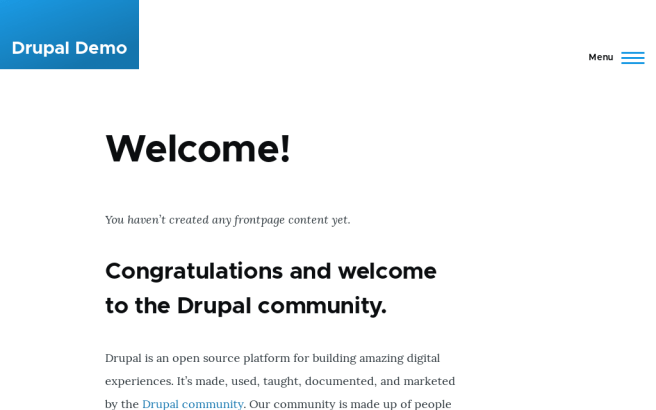
- #Uninstallconfig.xml for access runtime 2010 install#
- #Uninstallconfig.xml for access runtime 2010 software#
- #Uninstallconfig.xml for access runtime 2010 windows#
Any other computer will instead execute the removal script and uninstall Office 2010 if it is still installed. That way every computer who is a member of the "Office 2010" group will execute the deployment script on startup and deploy Office 2010 if necessary. Leave the "Authenticated users" goup in this GPO with the standard rights.

Remove the "authenticated users" group's "Apply GPO"-rights, but leave its "Read"-rights in.Add this group to the deployment-GPO and give it "Apply GPO"-rights.Create a security group, called somthing like "Office2010", that containes all computers that should get the product installed We can customize a UninstallConfig.xml file and use it with /Uninstall For example, we can try the following settings to run a silence uninstall : 1 Using a text editor, edit the following element attributes in the servershareOffice16ProPlus.You can even put the GPOs onto the same OUs if you play a bit with their security settings: The other one gets a slightly modified startup script that uninstalles Office if it is installed. Just create 2 GPOs, one of them gets the computer startup script for Office 2010 deployment you can find in the article mentioned above. If you want to be able to remove the product later on (for example if you want to roll out a later Office version without changing to a later OS version) you have to expand it by a little step.
Read this blog as everything you need for automated deployment ist explained there in great detail: To uninstall Microsoft Visio 2007, 2010, 20, follow the steps given below: Customize the Installation Open config.xml from the location where you have stored the Microsoft Project package (File Location :#Uninstallconfig.xml for access runtime 2010 windows#
The need for Office GPO-deployment has vanished with Office 2000 as all later versions can receive their updates through WSUS and therefor can be imaged with the operating system without the need for periodic redeployments with slipstreamed servicepacks and updates.įor all those who don't use imaging systems or don't want to integrate Office into their OS deployment there ist still a way to deploy and to remove MS Office through GPO it is just not the easy-clicky-way the modern Windows administrator has come to expect.
#Uninstallconfig.xml for access runtime 2010 software#
You expect everyone that has a need for automatic GPO deployment to have a KMS running so they can deploy standard images with all basic software in them. Microsoft expects you to integrate Office into your Windows deployment image so they removed support for GPO-MSI deployment in order to integrate other features into the installer that are not supported in every MSI deployment situation. Well, documentation isn't the best there and I still can't get it to work even after creating a config.xml file(below).ĭo you have office 2000 installed on the computer you are trying to add this policy from? Īs the previously accepted answer is just wrong I will post the correct one here. To the best of my googling ability I find that I need to create a config.xml file. The package to ensure that the package is correct." Unable to extract deployment information from the package. msi to a software policy to the new gpo I get the following error. So, i downloaded the AccessRT.exe and run accessrt.exe /extract to get the msi file.

#Uninstallconfig.xml for access runtime 2010 install#
I thought I would try again.ĭoes anyone definitively know if a truly silent install is possible? (It used to be possible in 2003 and earlier.I am trying to deploy Access 2007 runtime via group policy and I am having a problem. Sadly, the question was never really answered.

I researched this question on this site and others have asked similar questions. This screen at the end means that we can't push out the runtime to our users at night. The /q switch removed the EULA screen from the install, but there is still a popup screen at the end which requires user-input. I tried to use the /q and /quiet switches for the AccessRuntime.exe file. The problem with LanDesk is that it will not work if any user input is required. Do, I try to sequence a new package only with the runtime and I can't make it work. And, we are the runtime into the app-v 4.6 and when I transfert it into 5.1, it doesn't work. LanDesk lets us do administrative installs of applications across our agency. We include runtime access into the package because we are two version, 20. I would be using a program we have called LanDesk to push out the Runtime. The first step is to push out only the Runtime to our users at night.

I am anticipating that there will not be a solution to the real problem. I have a similar question in progress right now, but it deals with the built-in package wizard/solution. Bottom Line: I need to be able to install the Access 2010 Runtime completely "silently" - no user input at all.


 0 kommentar(er)
0 kommentar(er)
